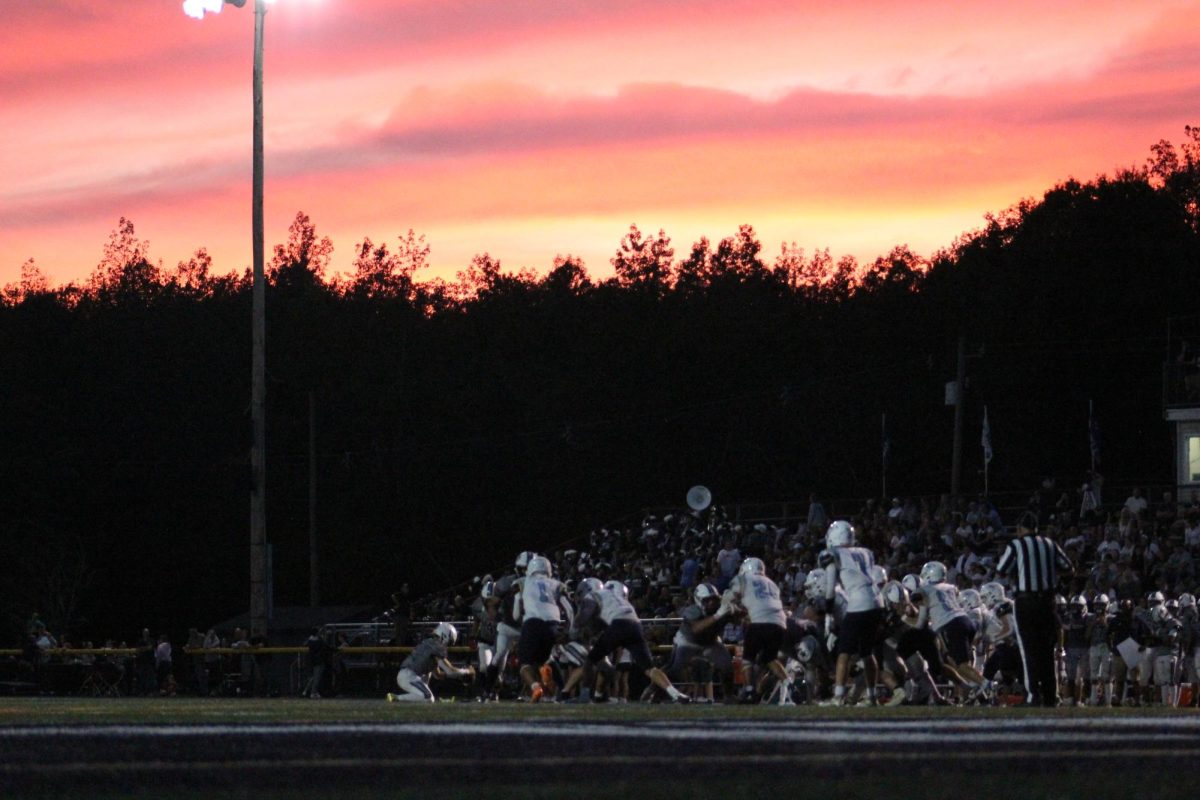
The approaching election is leaving the whole of America at the edge of its seats.
Overwhelmingly, 3 million more people than in the last election have voted early. This is already 45% of the total number of votes in 2020. In total, 72 million Americans have already cast their ballots. However, these votes now won’t necessarily determine who the winner is.
54% of these early votes are in-person ballots compared to the pandemic election of 2020, where two-thirds of the early votes were mail-in ballots. The 2020 election had the most number of early votes at 101 million. Both presidential candidates are pushing for all to vote early this election season.
However, according to the Constitution, some states have to wait until election day to count their votes. These include important swing states like New Hampshire and New York. All states have different systems to determine when to begin counting. Some like New Hampshire and New York do not count absentee or mail-in votes until polls close, which is on November 5th at 9pm EST.
The key battleground states are Arizona, Georgia, Michigan, Nevada, North Carolina, Pennsylvania, and Wisconsin.
Voter Statistics
So far the data is very close– 40% of voters are Republican, 40% of voters are Democrat, and 20% register as other.
53% of early voters are women and 44% are men.
Lastly, the highest age demographic of early voters is those 65 or over, accounting for 40% of the vote. 27% are 50-64 years old. The smallest percentages of the early voters are those who are younger: 13% are 40-49 years old, 11% are 30-39%, and only 9% are 18-29%
How Do Elections Work?
The president is not officially chosen by voters but by the electoral college. This means the race is not national, but more of a state-by-state race.
For a candidate to become president they must win at least 270 electoral college votes. A state has the same number of electoral votes as the number of senators and representatives in Congress in total. There are 2 senators from each state, while the number of representatives depends on a state’s population. In all, there are 538 electoral college votes.
The state with the most electoral votes is California with 54. States like Wyoming, Alaska, and North Dakota have only 3 votes in the Electoral College due to their significantly smaller populations. For example, if a presidential candidate wins 50.1% of a state’s votes, they are given all the electoral votes of that state since they have the majority in that state. This is why it is possible for a candidate with the popular vote to still lose, as they don’t win under the electoral college system. In fact, only 3 presidential candidates have won without winning the popular vote.
Ultimately, no matter who becomes our 47th president, history will be made for the United States of America.

















































